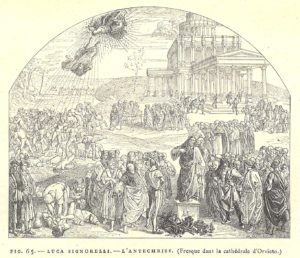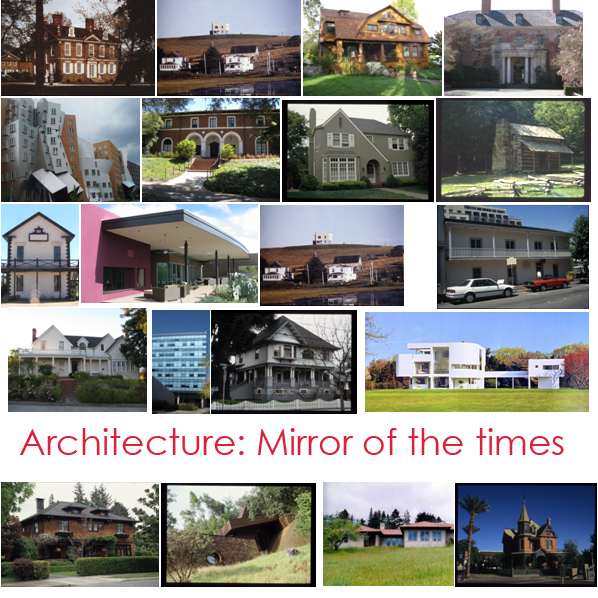 Effective Design and Construction Team Leadership
Effective Design and Construction Team LeadershipBasic course notes on:
±The highly effective team development process
±Relational dynamics
±Crucial Conversations –tools for talking when stakes are high.
The Characteristics of a highly effective team is the product of Triaxia Partners in Atlanta Georgia
This information and tools have been used in:
Fortune 500 companies
Global technology, logistics and transportation industries
National ministries
Individuals in real-estate, development and investment fund management.
For more information see http://triaxiapartners.com/
Crucial Conversations
Crucial Conversations: Tools For Talking When Stakes Are High
“Twenty-five years of research with twenty thousand people, in hundreds of organizations has taught us that individuals who are the most influential-who can get things done, and at the same time build on relationships-are those who master their crucial conversations. “
Kerry Patterson, Joseph Grenny, Ron McMillan, Al Switzer authors
Team Dynamics
● A team is a group of interdependent people committed to a common purpose who choose to cooperate in order to achieve exceptional results.
Characteristics
±Common Purpose
±Clear Roles
±Accepted Leadership
±Effective Process
±Solid Relationships
±Excellent Communication
±Copyright Triaxia Partners inc. Rev 9/07
±Effective teamwork principally requires:
Requirements:
±A team is a group of interdependent people committed to a common purpose who choose to cooperate in order to achieve exceptional results.
±Committed cooperation:
±Solid Relationships:
±Clear excellent communication.
±The highly effective team leaders
±See leadership and power as something to be released and shared rather than to held and controlled
±They support the task, leadership and expertise of others
±They understand and support the jurisdictional nature of authority and respect it’s boundaries, roles and responsibilities
Team Leadership
● Highly effective team leadership sees the leadership as a role, not a position
(there are no bosses, rather people who know)
±Understands teams are about accomplishing tasks
±They believe in the power of diversity
±High performance Teams
Communication is open, clear and honest
In decisions and problem solving, there is a lot of listening and understanding.
The team productively channels crucial conversations into creativity and commitment to mutual determined goals.
The team masters the art of “straight talk”: knowing how to be tough on issues and soft on people.
Ingredients to excellent communications.
Relational Dynamics
● At our core humans are relational
±We need to share emotional information that helps us feel connected
±Sharing such information through words and behavior is essential for improving any significant relationship
±Relational Dynamics
±Most initial communications can be considered a “bid” for connection
±Findings show people who consistently bid, and respond to bids in positive ways have an astounding chance for success in their relationships
● There is a progressive hierarchy or ladder of bids. You can establish a base of connection with low risk bids before moving up the hierarchy of needs
The bidding ladder:
1.Light conversation or “small talk”
2.Humor
3.Friendly gossip
4.Affection
5.Support
6.Problem Solving
7.Connection around heartfelt subjects like future goals, worries, values, meaning.
Relational Dynamics
Bid Busters
±Relational Dynamics
±Helpful complaints expressing concerns
±Relational Dynamics
1.Criticism , is more judgmental and global; it frequently includes such phrases as “you always…you never”. It creates a reaction rather than a response.
2.Criticism attacks the other person’s character, often with negative labels or name calling.
3.It often assigns blame.
4.Perceiving concerns or complaints as criticism is dysfunctional.
● Conflict* is inevitable whenever people come together around common activates or goals. How you express your position in a conflict makes a tremendous difference in our ability to connect with others. In conflict our default modes are #1 & #2 the way out is #3
There is within all persons a reactive child with a fear based nature verses a responsive adult who is receptive engaged and disciplined.
This conflict within becomes the root of conflicts outside of oneself.*
Filtering the dynamics with dysfunctional people
Personalities are a summation of experiences, learned and taught behaviors and pre-dispositions, They are in transition. Do not presume they are static rather in transition or growth.*
At most peoples core is a conflicting nature a dualism between a higher self and a lower self. The inclination to fear, fight or flea or the choice to love, engage or connect.
Relational Dynamics
● The choice to filter out or ignore another’s default modes (dysfunctions) to recognizing ones own reactive nature is the path to conscious choice and the higher self (adult behaviors).*
“I choose to speak to the better angels of men’s souls.”
Abraham Lincoln
“We are not enemies, but friends. We must not be enemies. Though passion may have strained, it must not break our bonds of affection. The mystic chords of memory will swell when again touched, as surely they will by the better angels of our nature.” Abraham Lincoln
Crucial Conversations
At the core of every successful conversation lies the free flow of relevant information. People openly and honestly express their opinion, share their feelings, and articulate their theories. –willingly…
±Dialogue is the free flow of meaning between two or more people.
±“People who are skilled at dialogue do their best to make it safe for everyone to add their meaning to the shared pool, even ideas that at first glance appear controversial, wrong, or at odds with their own beliefs.”
Commitment=Cooperation
± Crucial Conversations
“A discussion between two or more people where”
(1) Stakes are high,
(2) Opinions vary
(3) Emotions run strong.
You are in a crucial conversation
when you are tempted
to react by:
(1) Attack and defend (fight)
(2) Avoid and deny (flight)
You can successfully navigate a crucial conversation if you do not react but rather respond by:
Avoid Violence= any statement to convince or control or compel others to comply, or agree- adults have the right to chose..
Make it Safe.
Step out of the content into finding mutual purpose & respect
Learn how to stay in dialogue and draw others into dialogue when or others you’re angry scared or hurt.
Realize what makes you mad and choose to master your emotions do not let them master you. –Be the adult so others become adults.
Listen when others blow up or clam up. Stay curious, do not pull out your own victim, villain, or helpless stories- be patent.
Note the conversation dynamics, observe and be aware when a conversation becomes crucial.
(judgment/dismissal/ shut down is about to occur
=fight or flight reflex in you or others)
Find your bearings
Refocus your brain.
Start with the heart.
( and know what you want for yourself, others, the relationships)
Refuse the suckers choice: No either or scenario’s
Not either or…… but rather and…
Avoid masking, avoiding & withdrawing.
Step out of the content into the context.
Our motives usually shift without any conscious thought on our part. When adrenaline does our thinking for us. Clarify what your objective is.
We lean to fight or flight-you must break this bond and re-engage your mind and change your behaviors. Be aware of your default modes.
Yes we are asking you to act in a way contrary to generations of natural and taught tendencies, it’s all that easy and all that hard..
Defining the power of team dynamics
A team is a group of interdependent people committed to a common purpose who choose to cooperate in order to achieve exceptional results.
Characteristics
±Common Purpose
±Clear Roles
±Accepted Leadership
±Effective Process
±Solid Relationships
±Excellent Communication





About The Author: Mark
Wm "Mark" Parry is an Artisan Architect, Poet and Educator, living in Northern California's abundant beauty and strange contradictions. He founded IdeaStudios.com in 1988 as architectural and interior design practice in the heart of Sonoma County. ArtisanArchitecture.com has advanced his interests in artisan architecture, historic and architectural education and preservation since 2002. On worksofwords.live he has shared his poems, musing's, inspired thoughts and photography since 2012. These his personal reflections on life, truth and reality. All operate under the umbrella of William Mark Parry Architect P.C. A Professional Corporation registered in California on 5.15.2000.
More posts by mark